Video as an engine of progress: the evolution of surveillance systems
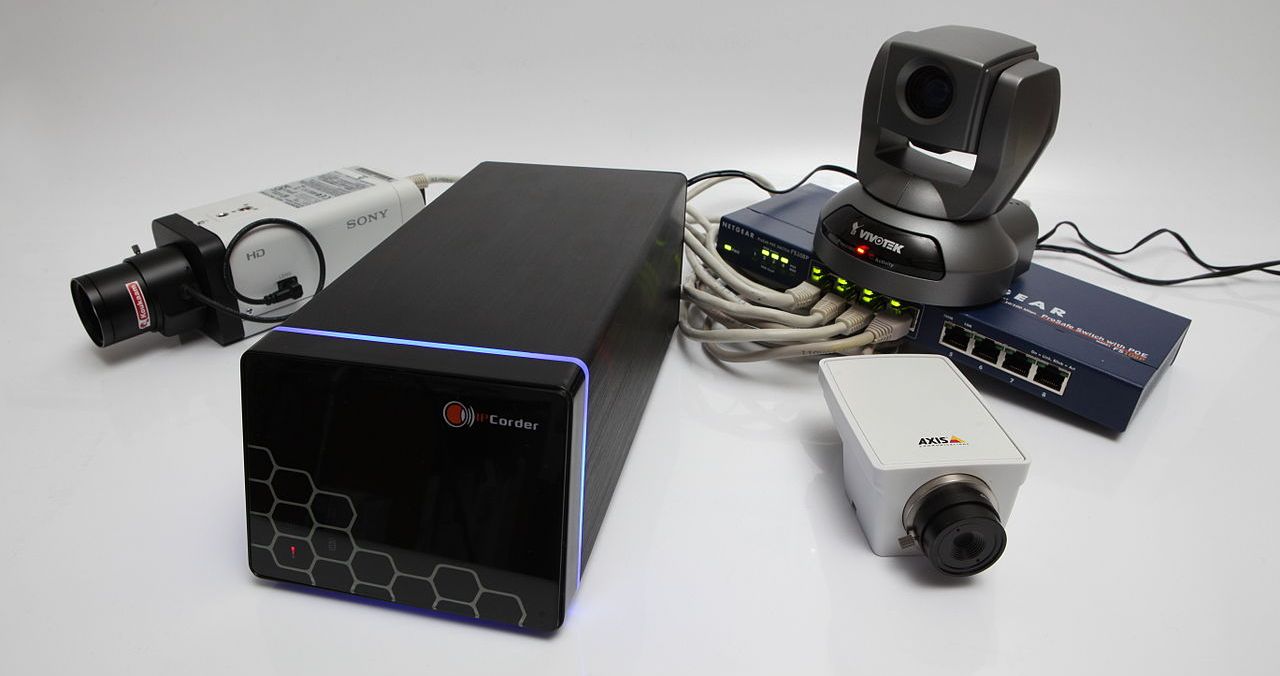
Source
Visual signals have been used to transmit information for thousands of years. Legend has it that with the help of a large mirror installed at the Lighthouse of Alexandria, the ancient Greeks watched the ships. And with the advent of the first casino, the security services used a system of mirrors to monitor the game rooms. We can say that it was a prototype of a modern video surveillance system, but its real development began with the advent of a television tube (iconoscope), invented in 1931 by our compatriot, Russian-American engineer Vladimir Zvorykin.
A new era of video surveillance began in the 70s with the development of home video recorders. Video recordings became available to individuals, and cameras began to appear everywhere: in homes, shops, banks, and educational institutions. The disadvantage of these systems was that the tape for recording quickly wear out. It turned out to be problematic to record at night and in low light. Although the concept was good, technology has not yet reached its peak. Video surveillance systems had to overcome many problems in order to eventually become one of the most sought-after technologies.
70s-80s: VCR-based Video Surveillance Systems

Traditional video surveillance systems included black and white analog cameras, each of which was connected to a VCR via a separate coaxial cable.
The multiplexer also became an important part of the system - this device took data from several cameras (from 4 to 16) and created one video output signal to show several different images on the same screen. The multiplexer made the system scalable, but at the expense of a lower resolution.
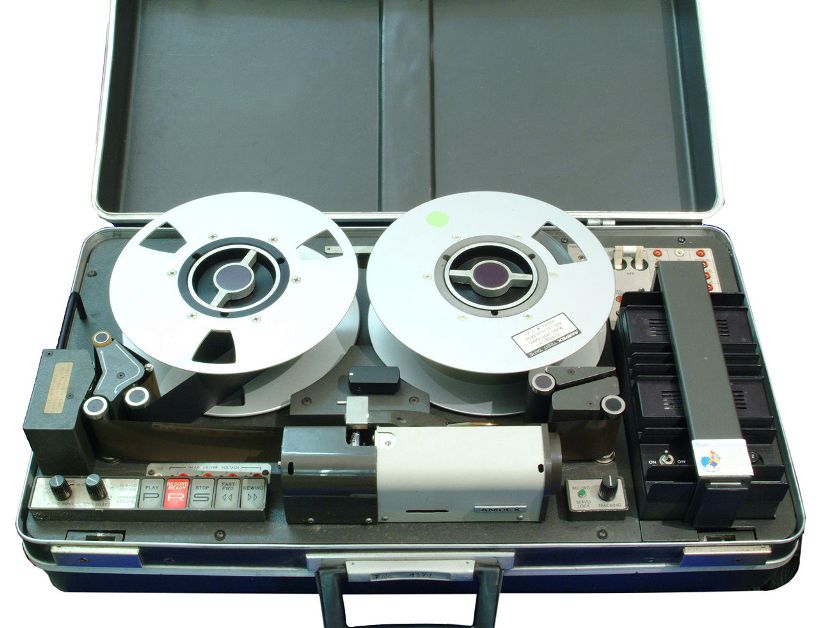
In the first models of consumer video recorders , not cassettes were used, but coils with magnetic tape.
The VCR was recording on VHS tapes, with which there were many problems. For example, they could not store more than 8 hours of video and, therefore, needed regular replacement or constant reuse. Over 40% of the cost of an analog system was the cost of recording.
The video surveillance industry was in dire need of increased storage size. This led to the emergence of new time-lapse modes - every second, fourth, eighth or sixteenth frame was recorded. The technology has saved space by proposing the following recording characteristics: 15 fps, 7.5 fps, 3.75 fps, and 1.875 fps.
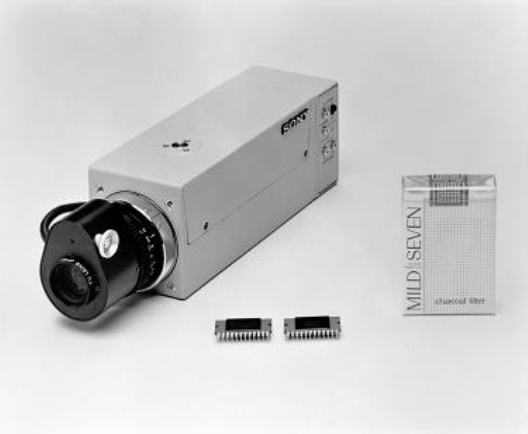
Sony XC-1 Camera
In January 1980, six years and three months after the start of development, the world's first CCD color camera was released. The XC-1 analog camera was installed on board an All Nippon Airways Airbus and was used to transfer images from the cockpit to the screens in the passenger compartment during takeoff and landing.

Kodak SP-2000
In the same year, Kodak built a motion analysis system to capture fast moving objects. Subsequently, the recording could be viewed at a slower speed. The Kodak SP-2000 camera used a very fast CCD sensor and advanced tape recording technology to perform high-speed shooting at a recording speed of up to 2000 frames per second.
90s: DVR based video surveillance systems

By the mid-1990s, with the advent of the digital video recorder (DVR), the video surveillance industry experienced its first digital revolution. Despite the widespread use of analog cameras, DVRs have improved the video quality by digitizing the signal.
The Ethernet port allowed the transmission of digital video over long distances via the Internet. Later, the modem was built into the DVR. Although the ability to remotely monitor video was a great advantage, at first it was impossible to use the service - the bandwidth available for telephone modems ranged from 10 to 50 kbit / s.
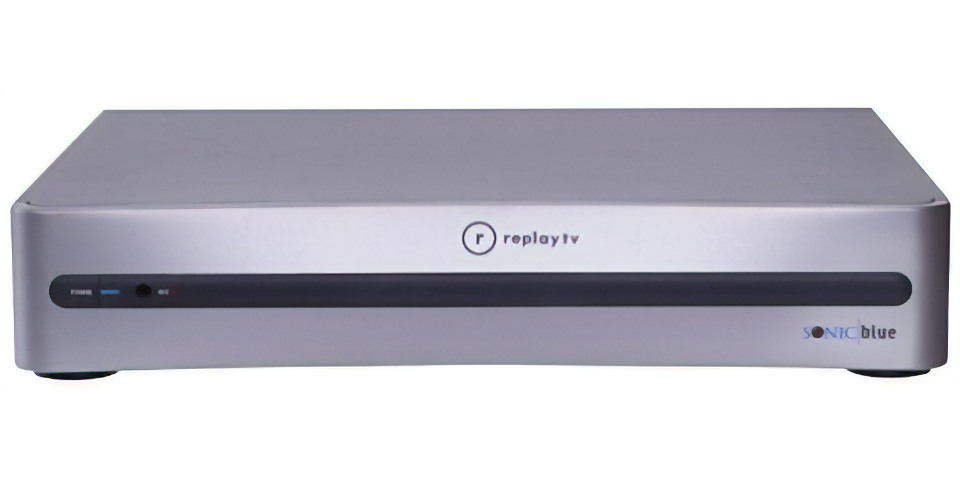
One of the first DVR in the consumer market from ReplayTV
Most DVRs had several video inputs, usually 4, 16, or 32, so that they took over the functions of a multiplexer. In addition, the recorders replaced the video recorder and thereby reduced the number of components in the video surveillance system.
Since the first DVR hard drives were still very expensive, each hardware manufacturer used its own compression algorithms for storing data, severely limiting user choice in devices. The problem was solved only after 1998, when the mass popular MPEG-4 standard appeared.
Another major issue is scalability. Most digital video recorders offered 16 or 32 inputs, which made it difficult to build systems that are not multiples of 16, for example, with 10 or 35 cameras.
This period includes the first serious attempts to do video analytics. After the relative success of the industry in the 1980s, it became obvious that a person could not effectively maintain a security system. After only 20 minutes of viewing the broadcasts, the person’s attention is critically reduced. This problem can be solved by automating the monitoring process — staff should be used only to evaluate and respond to detected events. This approach was first documented in the United States Department of Defense Advanced Research Projects Management Program (DARPA) Image Understanding for Battlefield Awareness (1996).
1996: first IP cameras

Axis introduced the first IP cameras in 1996. The world's first digital color camera Axis NetEye 200 was palm-sized and installed as a standalone server. Using a browser, you could take pictures and use them for any web application or send them over the Internet. For the camera have developed an outer case with heating, thermostat protection from the sun and rain.
The first IP cameras were shot with a resolution ranging from 320 × 240 to 1000 × 1000, but two formats gained the most popularity - 4CIF (704 × 480) and VGA (640 × 480). In general, these figures did not exceed the capabilities of older analog cameras. The Axis NetEye 200 camera recorded 1 frame per second in CIF format and 1 frame every 17 seconds in 4CIF.
In the 90s, video surveillance manufacturers found a niche in the market that was not previously used - control over the home and the safety of loved ones. The nanny's observation camera was a huge success, giving parents the opportunity to observe what nannies and housemaids actually do while being at home with their children. The popularity of these cameras has pushed the industry to develop even more compact high-resolution cameras that can be placed almost anywhere.
90-2000th: Video encoder based systems

Video encoder connects to analog cameras, digitizes and compresses video. It then sends the video over the IP network through a network switch to the server.

Video encoder Axis
In fact, the tasks that were previously performed by the digital video recorder are now separated - digitization and compression are performed by the video encoder, and the recording and storage of the video is performed by the PC server. This separation allowed to connect to the system not only analog, but also IP-cameras.
"Zero": Video systems based on the network video recorder (NVR) and hybrid DVR
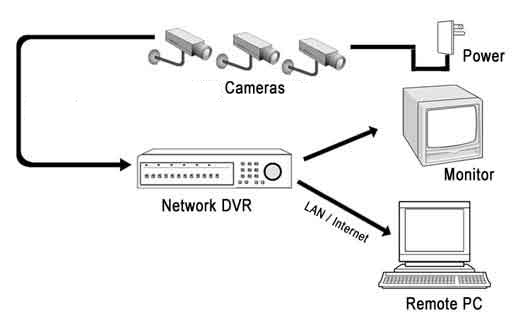
NVR and hybrid DVRs are devices with preinstalled software for managing video from video encoders and network cameras. The NVR only processes network video inputs, while the hybrid DVR can process network video and analog video cameras in parallel. These devices are easy to use, since video recording and control functions are available in one box.
Our time: IP cameras

In the video camera system based on IP cameras, the stream of transmission is transmitted through the network to the server. This system takes full advantage of digital technology and provides consistent image quality from cameras to viewers.
IP networks allow multiple network cameras to use the same physical cable (twisted pair). In addition, it is possible to transfer energy and input / output (PoE) information over a single cable. You can also transfer two-way audio, PTZ commands, remotely configure cameras and work with video analytics.

One of the first megapixel IP cameras was introduced in 2002 by IQinvision. IQInvision IQEYE3 IP cameraWith a resolution of 1.3 megapixels and a 16-fold digital zoom, it has already supported the choice of detection zones, motion detection, wireless connection and equipped with a variofocal lens.
Several users could simultaneously view different parts of the same scene and even move, tilt, zoom in archived video. Camera features included bandwidth throttling, framing, day / night mode, and more.
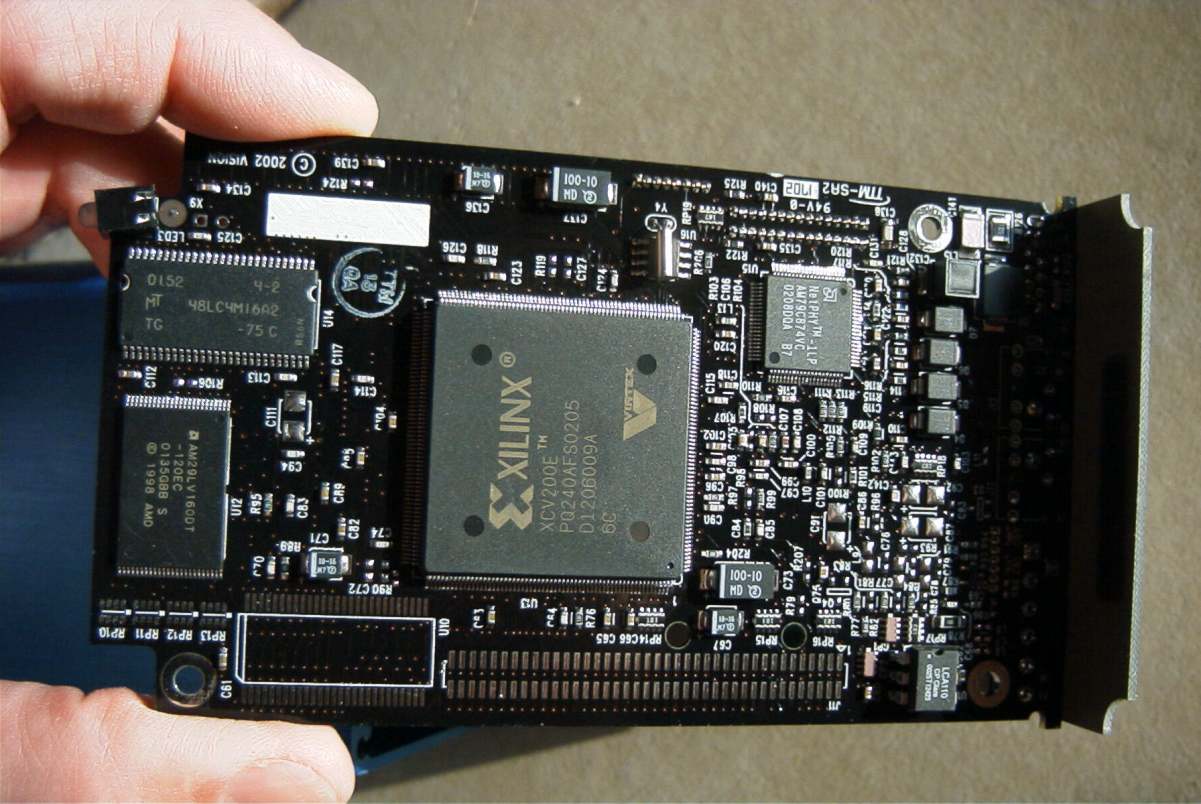
17 years ago, hardware and hardware cameras already supported shooting at up to 50 frames / sec, viewing the image through a web browser, sending e-mail and FTP notifications.
Only by 2003, such large companies as Samsung, Sony and Panasonic began using new technology. Other companies, such as Arecont Vision, introduced 2 megapixel cameras only in 2004.
In 2011, Hikvision and Dahua presented the first mass cameras. IP cameras from Chinese manufacturers could boast a lower cost ... and led to a significant increase in the number of home IP video surveillance systems. The first attempt to put a video stream from the camera through the wiring also applies to 2011: the Rainbow 220 camera appeared, transmitting data through an outlet.
By 2014, more IP cameras than analog cameras were sold in the world. A year later, the first 4K cameras appeared on the market.
It cannot be said that by 2019 the evolution of the cameras had come to a logical end. In the market we see a lot of devices with different characteristics. Analog cameras have not disappeared, because even now customers want the “simplest and most affordable” system. In the business there are almost no outlets without cameras. The “zoo” of systems is difficult to maintain and update, so we in Ivideon chose a different path: instead of an iron arms race, we “pump over” the cloud and video analytics. And any business owner who already has a video surveillance system, can connect to us on the solutions page .
Sources:
History of the camera and digital is digital is imaging
Evolution of a surveillance video Systems
of The Evolution of the Video Surveillance Systems'
HPWREN Photo Gallery
